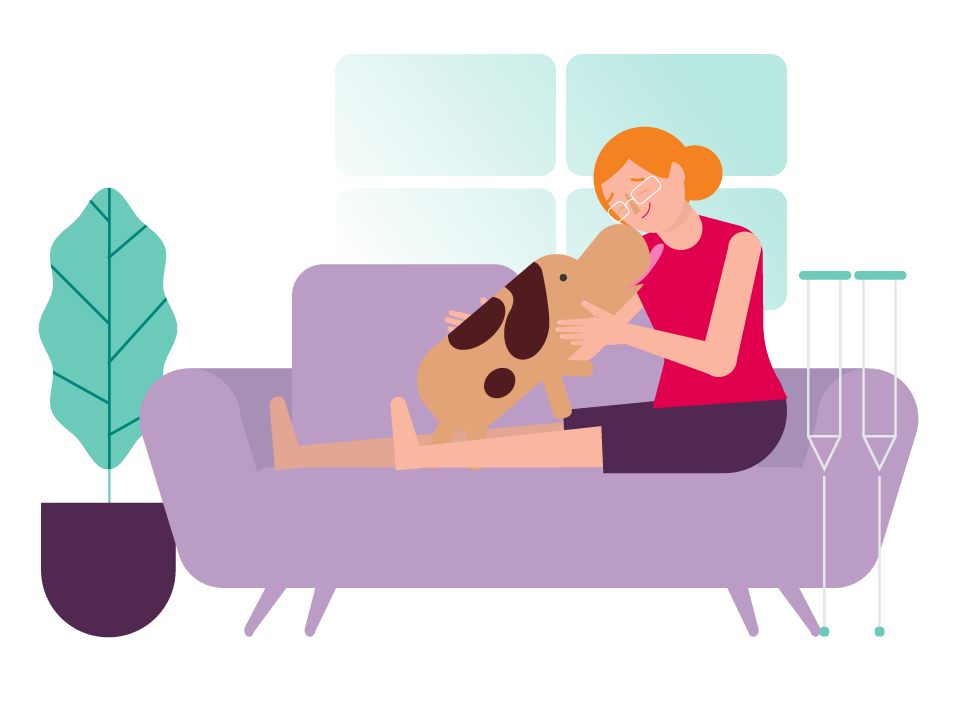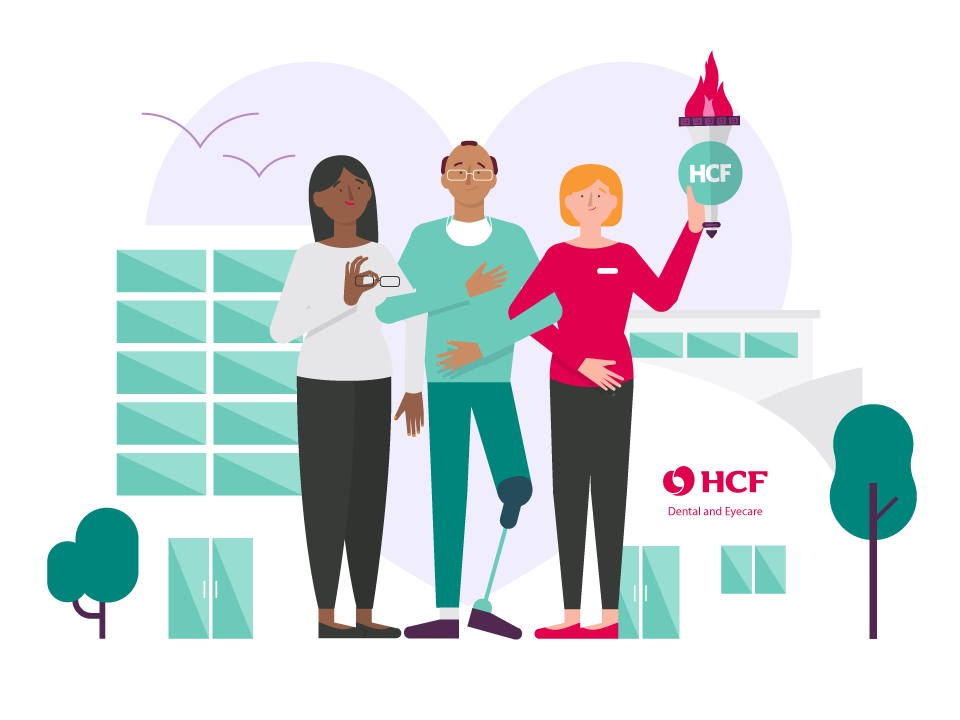Varicose vein procedures aren’t usually urgent, unless you have complications like blood clots or bleeding.
Some procedures can be done in your doctor’s rooms or a day clinic, using local anaesthetic and sedation. If you have high ligation and vein stripping you’ll need to go to hospital and have a general or regional anaesthetic.
If varices (veins that are enlarged or swollen) are scarred (sclerosed) they can have some associated superficial thrombophlebitis or inflammation of the wall of a superficial vein. While stripping doesn’t cause superficial thrombophlebitis, there might be some bruising.
Sclerotherapy
Your doctor injects a solution or foam into your varicose veins that causes scarring and makes them collapse. After the treatment, your leg might look and feel worse for a while and should then improve. You might need more than 1 session but you can go back to work immediately after each one.
After sclerotherapy, you’ll probably have some itching, aching and discomfort in your treated leg. Going for a 5-minute walk to reduce pressure in your leg should help. You will need to wear compression stockings for a period of days or weeks to improve the final result.
Possible adverse effects include an allergic reaction to the solution, staining or pigmentation along the line of the treated vein, and, rarely, small injection site ulcers or deep vein thrombosis.
Sclerotherapy can be used as the first-line of treatment for varicose veins, or after vein-stripping surgery.
Thermal ablation
Thermal ablation can be done in 2 ways: using laser or radiofrequency fibres. Your doctor makes a small cut in the skin before puncturing the large leg vein with a needle. They then insert the fibre into the vein. The fibre is slowly withdrawn under ultrasound control, releasing heat as it goes to destroy the whole length of the vein.
Afterwards, your doctor will fit you with compression stockings or bandages to maximise the effect of the procedure. You can return to work within 1 or 2 days.
Possible adverse effects include bruising, pain and, very rarely, skin burn. Additional treatments are often needed after thermal ablation.
Mechanical chemical ablation
In this procedure, called ClariVein®, your doctor uses an instrument that bruises the inside of the vein. The mechanical abrasion of the vein, together with a special fluid, collapses the vein wall. It’s done under a local anaesthetic and you won’t have to take any time off work.
Possible adverse effects include itching, pain and skin discolouration over the treated vein.
Vein gluing
In this new technique, called VenaBlock®, glue is used to collapse and seal the vein. Your doctor first uses local anaesthetic at the puncture area, then inserts glue to seal the vein.
Possible adverse effects include skin discolouration and swelling.
The results for Clarivein and Venablock remain as yet unproven.
Ambulatory phlebectomy
This is minor surgery in which your varicose veins are removed through small incisions, under a local anaesthetic. It can be done in a day clinic and you can go back to work the next day. You may need to wear compression stockings, depending on the extent of veins removed.
Possible adverse effects include infection, bleeding and scarring. Other complications are quite rare.
It’s rarely performed as a treatment by itself because sclerotherapy would be as effective.
High ligation and vein stripping surgery
Your surgeon ties the varicose vein at the point where it meets the deep vein, either in the groin or less commonly behind the knee. They then remove the whole superficial vein from your leg through 2 or more small incisions. Blood circulation to your leg is improved because the deep vein system remains intact.
This surgery is done under regional (the area is numb but you’re still conscious) or general anaesthesia. You’ll need to stay in hospital afterwards, for a few hours but possibly for as long as 2 days, depending on the extent of your surgery.
This procedure carries all the usual risks of surgery. You’ll need a week off work and for the first 2 weeks you’ll need to wear a compression stocking. You can expect bruising afterwards which improves within a month.
Which is the best procedure for me?
Minimally invasive treatment options are becoming increasingly popular. One 2016 review reported a 98% success rate after one treatment for laser and 97% for radiofrequency ablation, but with high recurrence rates.
Another study showed that where suitable, 50–80% of varicose veins may be eliminated with one session of sclerotherapy, although repeat procedures may be needed. Unfortunately, some veins don’t respond at all.
Vein stripping surgery has also improved, with smaller incisions and good results.
If you have venous eczema or chronic deep vein insufficiency, all of the available treatments can be used.
It’s important to find a surgeon who’s skilled in the particular type of varicose vein procedure you’d prefer to have. Ask your GP for a recommendation and referral.
Costs
Some varicose vein procedures can be expensive, so check out the costs in advance. You may be able to claim a Medicare rebate for your procedure, provided your doctor believes it’s medically necessary, rather than just cosmetic. You might be able to claim for compression stockings if you have extras cover.
Most minimally invasive treatments are not done in a hospital, so can’t be covered by hospital insurance, only Medicare.
If your surgery is done in hospital, Medicare and (eligible) hospital insurance should cover some, or all, of the cost.
SECOND OPINION SERVICE
Eligible HCF members can get a free, confidential second opinion on their health condition from a certified, practising medical specialist based in Australia.







